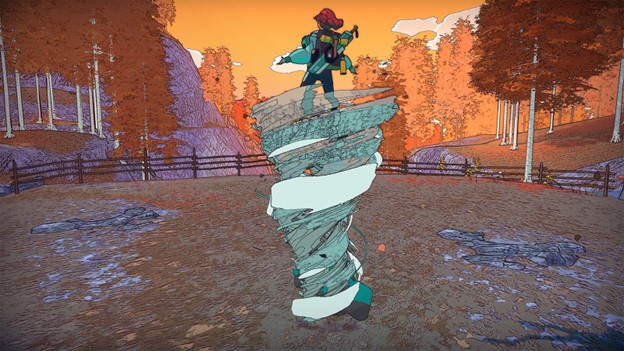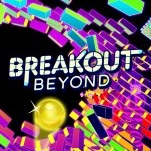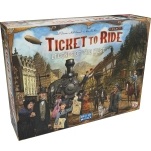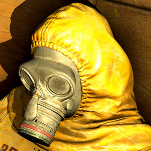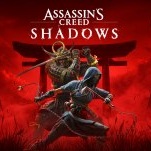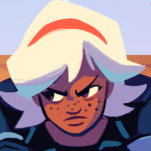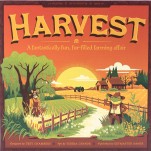Dungeons of Hinterberg Is a Scenic Trek With a Few Bumps In The Road
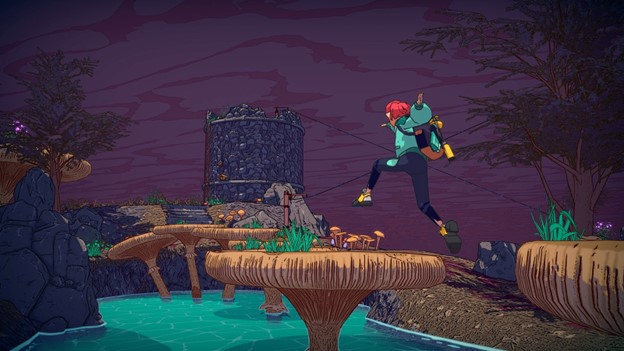
I happened to be on vacation in the Pacific Northwest when I played Dungeons of Hinterberg. I’ve never been to the Alps, where the game is set, but from what I’ve heard the PNW is the closest you can get in America. Hiking there made me feel the way I did as a kid, when the monotony of walking was cured by the mystery of forests carpeted with effusive ferns and mushrooms. Every fallen tree could be a doorframe leading to another dimension, a new adventure.
Dungeons of Hinterberg lives and breathes this feeling. You spend most of your time running around four hub worlds, seeking 25 dungeons that span from frozen galaxies to neon underwater castles. Finding them requires climbing up and down mountains, snowboarding into caves, and kayaking across toxic purple waters. The premise is simple: go hiking to find a self-contained world, then jump inside to see what new things await you there.
The premise of the story is a little more complex. You are a young woman named Lucia who’s come to a small alpine town called Hinterberg that became famous after dungeons started appearing in its surroundings. Monster hunters, known as Slayers, arrived to challenge them, and the town made dungeon crawling into a tourist attraction, selling armor and providing stamp books for wannabe adventurers to track their dungeon completion. As a Slayer, your goal is to challenge all 25 dungeons, as well as figure out what’s behind a series of earthquakes that are threatening the structural integrity of the dungeons and therefore the financial stability of Hinterberg.
This premise leads to the gameplay loop: every day you go out in the field to either complete a dungeon or boost your HP or stats. You can choose between one of four hub worlds, each of which has between five and ten dungeons for you to find and challenge. In the hubs, you’re free to run around and explore until you locate a dungeon, which takes up your time for the day. Exploration was my absolute favorite part of the game, apart from the dungeons themselves. Areas have little secrets tucked away, and there are environmental puzzles that tie into aspects of each area like water mills and ski lifts. Moving through them by running, jumping, and using the two additional skills you are given in each area is fluid and enjoyable.
When I saw Hinterberg’s combat the first time I immediately thought of one thing: Genshin Impact. You can see why when you look at a battle. When you fight enemies you’re encased in a wall of black flame that lasts until you defeat them all, which you do with light and heavy sword attacks as well as magic spells. There are even cooldowns for special moves. The similarity worried me. Firstly, Genshin’s enemy variety is lacking in my opinion, and I worried there would be a similar lack of variety across areas in Hinterberg. Second, I find Genshin’s dungeons hard to get through because they’re all so similar, and I was concerned that each of Hinterberg’s dungeons would basically be extensions of the overworld, all with the same simple puzzles tying into its theme (cold area, forest, field, etc.).
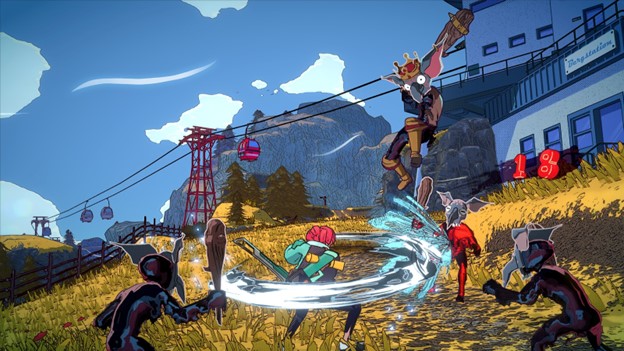
On the latter point, there’s no issue, as each dungeon expands past the hub areas in ways that are inventive and fresh. For example, the starting zone is a cluster of mountains, but the early dungeons are built around a lazy river, a treetop, and a minecart graveyard. There are jumps to 2 and even 3.5D where you scale impossible heights and hopscotch across acidic pools. While some of the shared color palettes across areas got old—the snowy area Kolmstein was the worst about this—the dungeons themselves retain their own personality. They’re also not too long; I finished most of them in under 30 minutes.
Unfortunately, combat doesn’t have the same freshness. Enemies repeat across areas, and rather than introducing stronger enemy types they instead scale based on the area they’re in, which means being in the wrong place is more of a threat than fighting a new kind of monster. I would have appreciated fewer enemy types per area and more emphasis on making their design distinct from each other. Combat itself remains fun though, with dodging being a major component. It feels great to circle behind an enemy that’s throwing projectiles and send it to the ground with a few attacks, then roll out of the way of its friend. Dungeons usually end with bigger versions of normal fights, but sometimes there are true boss battles with distinct monsters that are more interesting, though easy.
-

-

-

-

-

-

-

-

-

-

-

-

-

-

-

-

-

-

-

-

-

-

-

-

-

-

-

-

-

-

-

-

-

-

-

-

-

-

-

-

